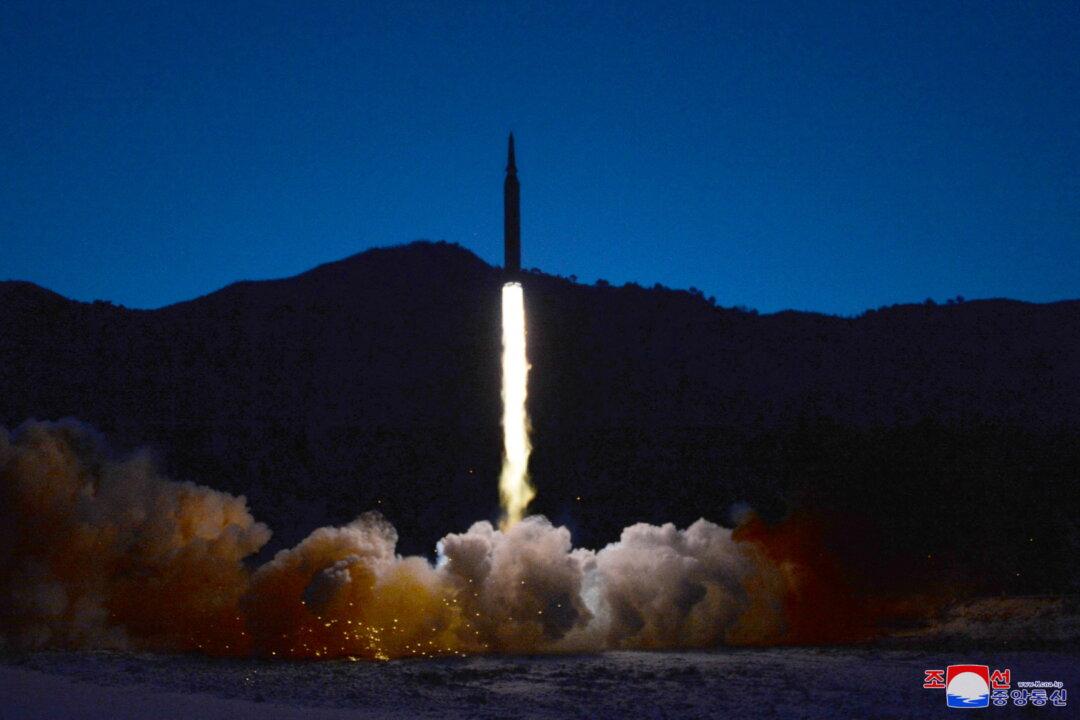The South Korean military recently revealed that it has made rapid progress in developing hypersonic missiles and is advancing plans to test them next year. Experts say that this weapon, if successful, will become a new deterrent to North Korea and significantly impact the status quo on the Korean Peninsula.
According to Yonhap News Agency in a Jan. 24 article, the South Korean military unveiled on that day plans to assemble air-to-ground (AGM) hypersonic missiles in the second half of this year and test launch next year.






